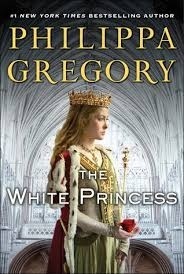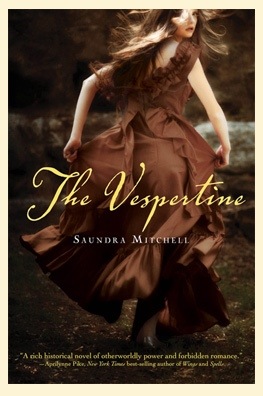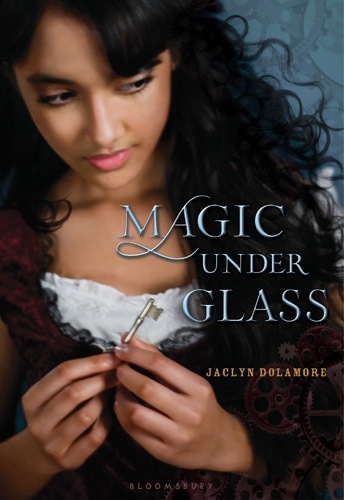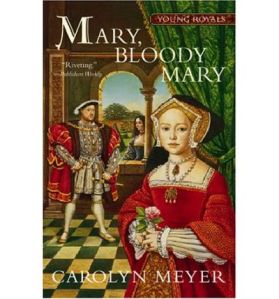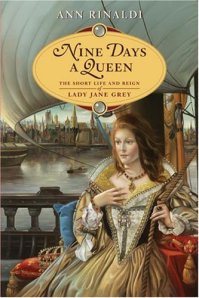I was so incredibly busy this summer, which transitioned into unbearable laziness as I decompressed, that I have completely neglected my blogs. I have, however, keep right on reading though. For this post, I’m going to give a brief run-down of my “summer reading.” Since some of this was read within the last month or two, I guess it’s summer/fall reading. Who’s splitting hairs here? Here they are, in the order in which I read them….
32 Third Graders and One Bunny Class
Definitely something to read for anyone who is a teacher, knows a teacher, or was taught by a teacher! 🙂 This was one of those books that helped me to laugh at myself, inspire me, and be inspired by myself. Nowadays, a sometimes thankless albeit important job, teaching is a crazy, lovely profession. I loved this book! A must-read, particularly for a teacher!
Clockwork Three
A children’s novel (and scholastic find!). A story of three children; two orphans, one with a bed-ridden father. Their stories become entwined as they search for a better life and friendship. Featuring an automaton, a magic fiddle, and secret treasure- this is an adventure. Well-written, fully fleshed out, this would stand for any age.
The Invention of Hugo Cabret
A children’s novel (and yet more from the scholastic sale!), recently made into a movie. If you’ve seen the movie (I haven’t… Yet), then you know the story. An orphan, Hugo, lives in a Paris train station, tending the clocks. His interactions with a toy vendor in the station may just finally unlock the secrets of an automaton that is the last thing he has left of his father. An enchanting story, what really makes it come alive are the beautiful ink drawings which help with the narrative. A massive book, but a quick read due to the illustrations which function almost as camera angles. Awesome.
The Perilous Journey & The Prisoner’s Dilemma, The Mysterious Benedict Society
Books 2 & 3 in this children’s series. The first book is on the summer reading list for my students. I enjoyed that book last year and decided to finish the series. Rounding out the “orphaned children” theme I seemed to have going (see previous two books), these did not disappoint. The main characters are as delightfully genius as always! Mr. Curtain is stirring up more trouble for the society and it is up to Reynie, Kate, Sticky, and Constance to stop him! Great series for kids!
The False Priness
This was kind of a whomp, whomp for me. It was yet another scholastic sale book. It was okay, but I didn’t feel any attachment to our main character. A classic story of a prophesy declaring that the princess will die, solution: switch her out for a commoner to protect the real princess. Dilemma: how do you deal with life when you find out you’re not who you thought you were? That you now have a new name to answer to? That’s the basic premise. Along the way, our heroine decides there’s more than meets the eye and goes out to save the day. bien sur!
Sarah’s Key
Very popular adult novel. A story straddling events in the “present day” and WWII in Paris. American journalist, Julia starts researching the Vel’ d’Hiv roundup of Jews. She soon realizes that her husband’s family’s apartment may have a connection with the event and she starts looking into the story of a girl named Sarah. It was a good novel, but I think my expectations were too high going in. Worth a read, though.
I’ve mentioned my preoccupation with the Wars of the Roses and the Tudors before. This novel focuses on Cecily Neville, Duchess of York, mother of King Edward IV of England. Definitely a formidable woman, she can be seen as a bit of a monster. Smith is able to humanize her, showing her as someone who was bred to be a duchess, proud of her heritage, and a fierce champion for her children. It’s a long one, but I enjoyed it!
Daughter of York
Written before the previous book, historically it would follow Queen By Right. This is the story of Margaret of York, daughter of Cecily, sister to King Edward IV and will-be Duchess of Burgandy. Admittedly, I enjoyed Cecily’s story more. The “love story” in this book has no historical support and therefore is a bit unsatisfying because you know they’ll never get together, even though you wish they will. By the end, I kind of felt like shaking her out of it, though. Gave me a chance to learn more about a historical player I barely knew.
The White Princess
The story of yet another York woman, Elizabeth of York is the daughter of King Edward IV (and thereby the granddaughter and niece of our previous two women). Beginning as her fortune turns- no longer daughter, sister, or niece to a King, she must rely on the Tudors as they assume power, to bring her back to prominence at court. The story follows Elizabeth through much of her marriage and her husband’s struggles with holding he throne. I usually like Philippa Gregory’s interpretation of historical women. I do not like Lizzie in any of the books which she appears, and I certainly don’t like her here. She seems so… So…. Ergh, inept. She lets others push her around and yet remains so woe is me! I just can’t get behind her. This book dragged a bit for me.
The Maid
The story of Jehanne D’Arc aka Joan of Arc. Though I’m catholic and I’ve read a lot of period books which take place during Jehanne’s crusades, I knew little about her early life. I liked that this book gave me a little more information than I already knew. I will say this Joan did come across as a bit crazy. Cutter humanizes her, but at the same time, she doesn’t feel like a complete character to me and there’s little focus on other figures in this historical drama. It was okay.
The Academie
The Academie is loose historical fiction. Eliza Monroe (daughter to the US president), Hortense de Beauharnais (daughter of Josephine Bonaparte), and Caroline Bonaparte (sister to Napoleon) find themselves at a prestigious French boarding school as Napoleon rises to power. The girls want to make love matches but history may have something more in store for them. They’re determined to have adventures, but it may be more than they bargained for. A decent read if you’re not concerned with the history.
Madame Tussaud
Never really considering that Madame Tussaud was a real woman, I found this book really interesting. Set during the height of the revolution and the Reign of Terror, this is chock full of the history of the times- which is exactly what wax makers were- physical journalists. Once I finished and did the fact checking, I’m surprised at how much of the story is true. The people that Marie Tussaud would have met and molded is amazing. A true self-made woman, ahead of her times. I really, really enjoyed this one.
Bewitching Season
The first book of the Leland Sisters trilogy. Persephone and Penelope are about to head out into society and be presented at court. The only thing is that their governess has gone missing. As witches, they are determined to find her whereabouts, come out into society successfully, and conceal their powers from possible suitors. However, her disappearance may be something more sinister involving the Queen-to-be, Princess Victoria. Personally, while it had promise, the characterization was not good. I was sick of hearing Persy degrade herself. It could have been better.
There’s the low down on what I’ve been reading since July! Look out for more regular updates now that summer is over!










